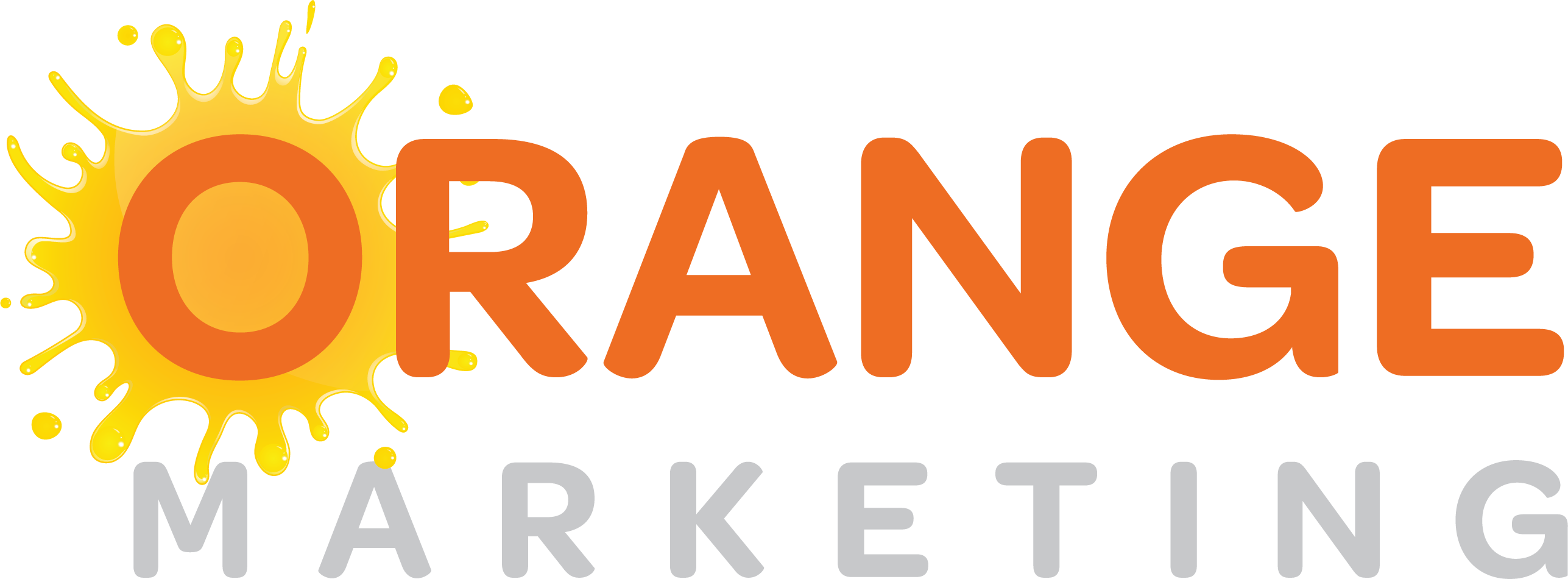Optimizing the images you utilize on websites, landing pages, blog posts, and social media serves multiple purposes:
![]() Enhancing the user experience.
Enhancing the user experience. ![]() Providing valuable information to search engines, subsequently boosting your traffic.
Providing valuable information to search engines, subsequently boosting your traffic.![]() Elevating your visibility in Google's image packs, which increases your potential traffic.
Elevating your visibility in Google's image packs, which increases your potential traffic.
But mainly, it takes a small time investment to significantly impact your audience and search engines through the pictures you use. So, here we offer this guide of standard image tips and sizings to refer to as you optimize your images!
This guide includes:
✨ 10 Image Pro Tips
🖼️ Website Image Sizes
📱 Social Media Sizes
🌟 AdRoll Ad Sizes
📢 Social Media Ad Sizes
10 Image Pro Tips
Here are essential tips to keep in mind when using images throughout your website:
- File Names:
- Name your image files using descriptive keywords that match the topic on the page where the image will reside.
- Be sure to name the files before you upload them to your website.
- File Format:
- JPEGs are best for photographs or gradient graphics.
- PNGs are best for basic and transparent background images.
- Image File Size:
- Keep large or full-screen background images under 1 MB and smaller graphics under 300 KB.
- To reduce/compress an image size, use sites such as TinyIMG, Compress JPEG, or Squoosh.
- Alt Text:
- Use your Alt Text descriptions, using language that describes its relevance to the topic on the webpage.
- Use your Alt Text descriptions, using language that describes its relevance to the topic on the webpage.
- Keep Images Clean of Text/Copy:
- Refrain from incorporating text within images. Instead, utilize HTML text for enhanced SEO and improved accessibility.
- Refrain from incorporating text within images. Instead, utilize HTML text for enhanced SEO and improved accessibility.
- Responsive Images:
- Ensure images are optimized and made "responsive," meaning they will optimally display on the device viewing them.
- Ensure images are optimized and made "responsive," meaning they will optimally display on the device viewing them.
- Site Mapping:
- Google suggests adding images to your existing site map—or creating a separate site map just for images.
- Google suggests adding images to your existing site map—or creating a separate site map just for images.
- Thumbnails:
- For websites that use thumbnails, optimize those images at the correct size to keep loading times low (users will bounce less often!).
- For websites that use thumbnails, optimize those images at the correct size to keep loading times low (users will bounce less often!).
- Image Auditing:
- Audit your website occasionally for old and/or large images. Updating these will help your site load faster.
- Audit your website occasionally for old and/or large images. Updating these will help your site load faster.
- WebP Format:
Website Image Sizes
|
|
|
|
|
|
|
|
|
|
|
|
|
|
|
|
|
|
|
3:2 |
|
|
|
|
|
|
|
|
|
|
|
|
|
|
|
|
|
|
|
|
Social Media Sizes
|
|
|
|
|
|
|
|
|
|
|
|
|
|
|
|
|
|
|
|
|
|
|
|
|
|
|
|
|
|
AdRoll Ad Sizes
Below are the various sizes you will need to run an AdRoll campaign. Please note: the maximum image size on these is 150KB.
|
|
|
| Medium Rectangle | 300 x 250 px |
| Large Rectangle | 336 x 280 px |
| Leaderboard |
728 x 90 px |
| Half Page | 300 x 600 px |
| Mobile Leaderboard | 320 x 50 px |
| Banner | 468 x 60 px |
| Wide Skyscraper | 160 x 600 px |
| Billboard | 970 x 250 px |
| Square | 250 x 250 px |
| Small Square | 200 x 200 px |
| Small Rectangle | 180 x 150 px |
Social Media Ad Sizes
Below are the various sizes you will need to run an AdRoll campaign. Please note: the maximum image size on these is 150KB.
|
|
|
| Facebook Ads Single Image Ad | 1200 x 628 px (single image) 1080 x 1080 px (slideshow) |
| Instagram Ads | 100 x 1080 px |
| LinkedIn Ads |
|
| Pinterest Ads | 1000 x 1500 px |
| Reddit Ads | 1200 x 628 px (4:5 aspect ratio) 400 x 300 px (thumbnail) |
| TikTok Ads | 720 x 1280 px (image) Min Resolution: 720 x 1280 px, 640 x 640 px, or 1280 x 70 px (video) |
| X (Twitter) | 1200 x 1200 px |
| YouTube Ads |
|
| YouTube Bumper Ads |
|




